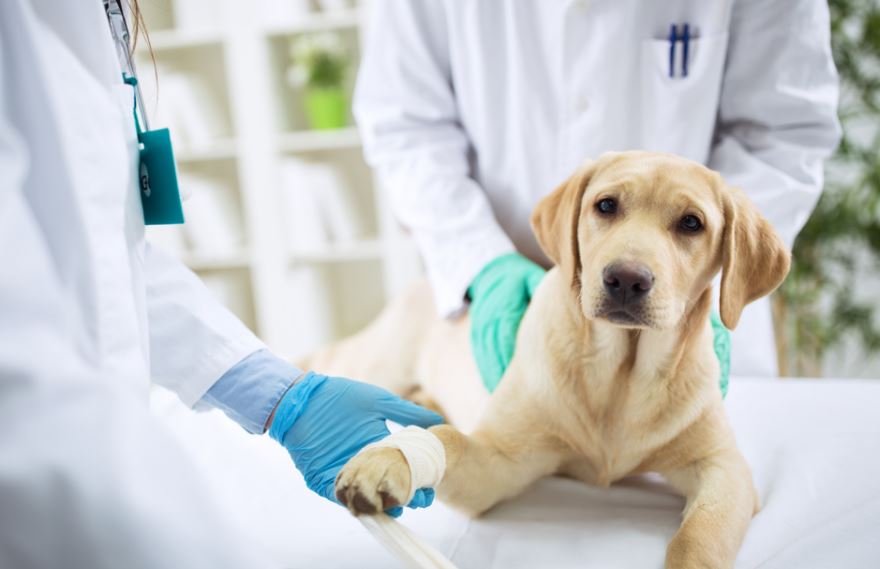Dogs are just like people when it comes to having allergies. They can develop them at any point in their lives like humans too. Allergies are our body’s way of responding to certain irritants in the air such as dust mites, mold, and pollen.

They make the immune system feel threatened, causing symptoms such as sneezing, coughing, rashes, and runny noses. Dogs can develop a variety of different allergies, causing symptoms to appear on their skin, respiratory system, and digestive system. There are ways to make things more comfortable for your canine if they suffer from allergies.
Air Purifier
Air purifiers are great for both humans and animals because they help to reduce allergens inside of your home. There are five types of air purifiers that you can choose from such as mechanical, electronic, hybrid, gas phase, and ozone. Electronic filters are typically some of the most popular ones to choose from. They utilize electrical charges to attract allergens and then they collect them with their collecting plates. When you start looking for an air purifier to purchase for your pet’s allergies, you should make sure you get the one designed to remove the specific allergens that affect your pet.
Colostrum
Bovine colostrum has been used for hundreds of years for the many benefits it provides. Colostrum is packed full of vitamins, nutrients, and macronutrients and can boost immunity, it can help gut health, and it can also help with allergies, even those that affect your pets. It can help with allergies because it contains anti-inflammatory and immunomodulatory properties. One way colostrum for dogs can be consumed is with allergy relief chews. Your dog will think it’s getting a treat when eating these.
Avoid the Allergen if Possible
Some of the most common allergies your pet can suffer from include skin, environmental, and food. The symptoms of canine allergies include itchiness, hives, vomiting, diarrhea, constant licking, chronic ear infections, and red, inflamed skin. When you take your canine to the vet, they’ll likely perform different tests to rule out any other conditions that could be causing the symptoms. The veterinarian will be able to determine if it is allergies and what exactly is affecting your pet in a negative way. If you have a clear idea of what triggers your pet, it’s best to try and avoid it if possible to reduce symptoms.
Hypoallergenic Diet
If your dog suffers from food allergies, you should consider putting them on a hypoallergenic diet. If you choose to go this route, it’s important to make sure they eat nothing but a hypoallergenic diet and that includes things like dental chews and snacks.This means you have to avoid giving them treats, table scraps, and absolutely no supplements. There are numerous over-the-counter foods you can try, such as grain-free, limited-ingredient, and gluten-free. Other options include hydrolyzed protein food, novel protein, and homemade dog food. If you’ve tried numerous options for hypoallergenic dog food and nothing seems to be working, you can try your hand at making your own. This will give you full control over everything your pet is consuming.
Medication
If a pet’s allergies are severe and nothing seems to relieve their symptoms, medication might be necessary such as an oral steroid. Medications are generally used as a last resort option after trying everything else first. There are a variety of other medications that may work too including Zyrtec and Benadryl but always check with your vet before giving these meds to check for the proper dosage.
As a pet owner, you do not want to see your dog suffer from allergy symptoms. It can be hard trying many things with no progress. Work closely with your veterinarian and remain patient. Sometimes it’s about trial or error, but something will eventually work.



